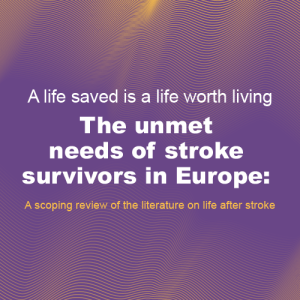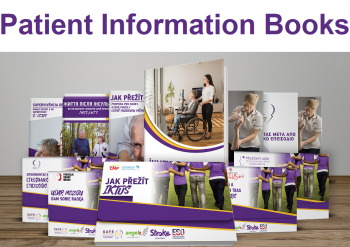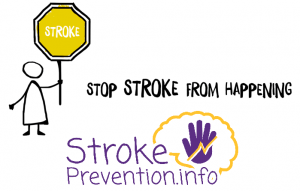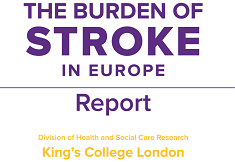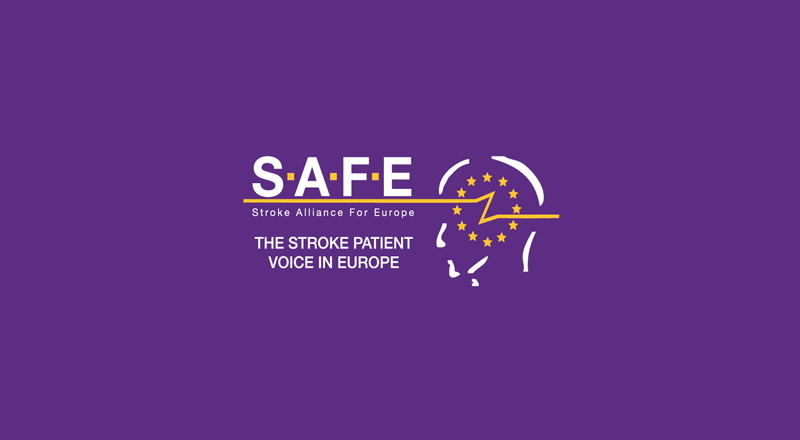
May 3, 2018
First published on ScienceDaily.com
A study led by Massachusetts General Hospital (MGH) investigators may lead to a significant expansion in the number of stroke patients who can safely be treated with intravenous tPA (tissue plasminogen activator), the “clot busting” drug that has greatly reduced stroke-related disability and deaths in eligible patients. The report, published online in Annals of Neurology, describes the results of a trial using MR-based imaging technologies to identify patients likely to be within 4.5 hours of stroke onset, even though their initial symptoms had not been witnessed. (more…)

May 3, 2018
First published on ScienceDaily.com
The diagnosis is one that a family never wants to hear: Your father has Alzheimer’s disease. Your mother has stroke-related dementia.
A recently released study, included in a special supplement to the Journal of Gerontology, indicates that dementia’s impact might be compressing a bit. That is, people might be developing dementia later and living with it for a shorter period of time. (more…)

May 3, 2018
First published on ScienceDaily.com
An experimental compound appears to improve stroke outcome by reducing the destructive inflammation that can continue months after a stroke, scientists report.
Rats consuming compound 21 following a clot-based stroke — the most common type in humans — don’t have a smaller stroke size but do have better memory and movement in its aftermath, says Dr. Adviye Ergul, vascular physiologist and Regents’ Professor in the Department of Physiology at the Medical College of Georgia at Augusta University. (more…)

May 3, 2018
First published on ScienceDaily.com
A new computer programme developed by scientists at the Universities of Edinburgh and Glasgow can assess whole brain deterioration and help predict cognitive function after stroke up to ten times more accurately than current methods.
The new approach, published today in the International Journal of Stroke, can quantify visible brain injury from cerebral small vessel disease (SVD) and brain atrophy by translating the million plus bits of information stored in brain scans into a single measure, the “brain health index.” (more…)
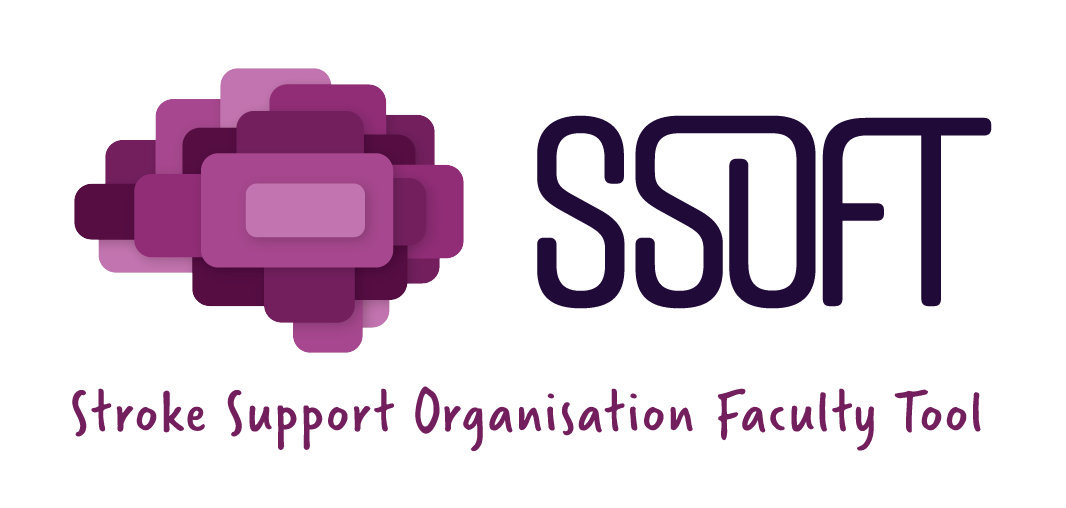
Apr 26, 2018
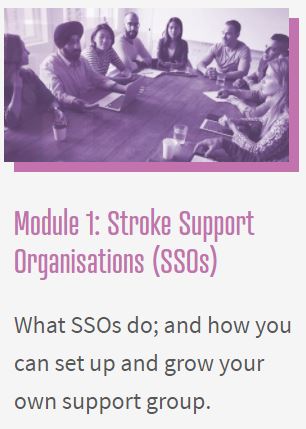
Brussels, 16 April 2018- The eLearning Module 1 of the Stroke Support Organisation Faculty Tool (SSOFT) is published today at the following address www.ssoft.info.
SSOFT’s first module focuses on the principles around developing and growing SSOs, and is delivered in five sub-modules:
1.1 – What is a Stroke Support Organisation?
1.2 – What is the role of a Stroke Support Organisation?
1.3 – How do you set up a Stroke Support Organisation?
1.4 – Growing your Stroke Support Organisation
1.5 – Stroke Support Organisation networking
The module provides learners with a wealth of knowledge and includes videos, interactive content and activities. Learners will be able to work through the sub-modules at their own pace, earn rewards and share their progress on social media. (more…)




